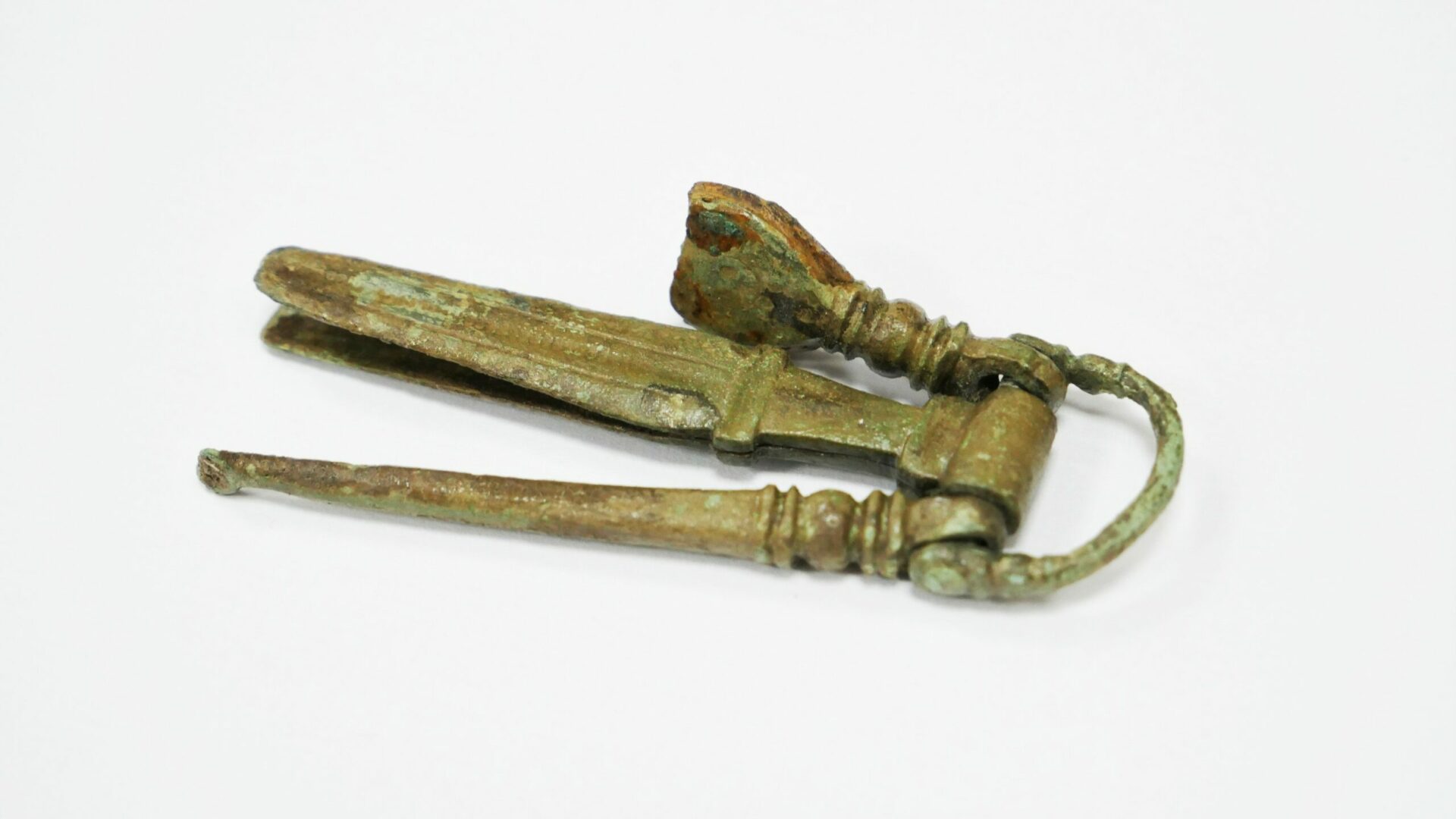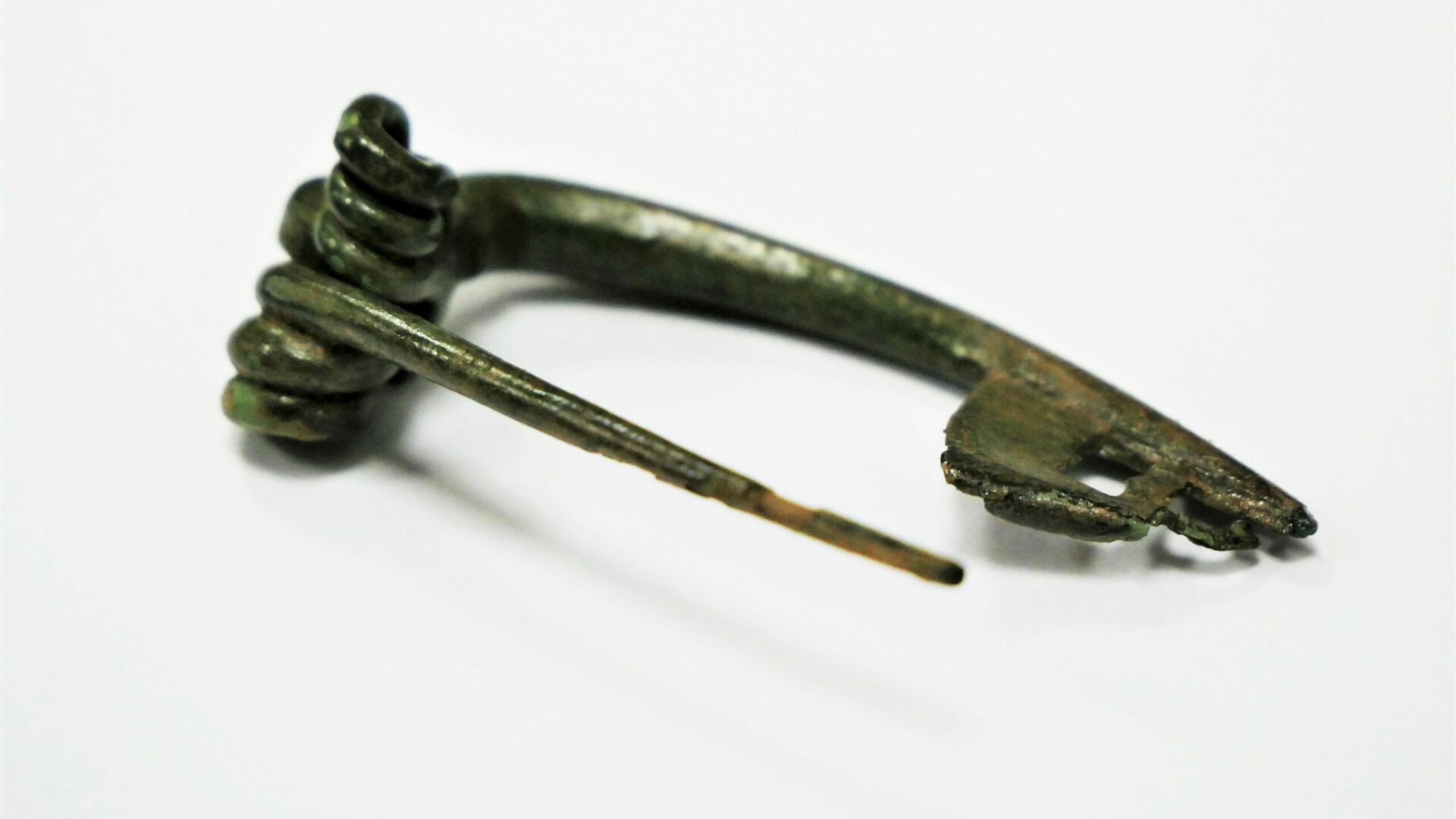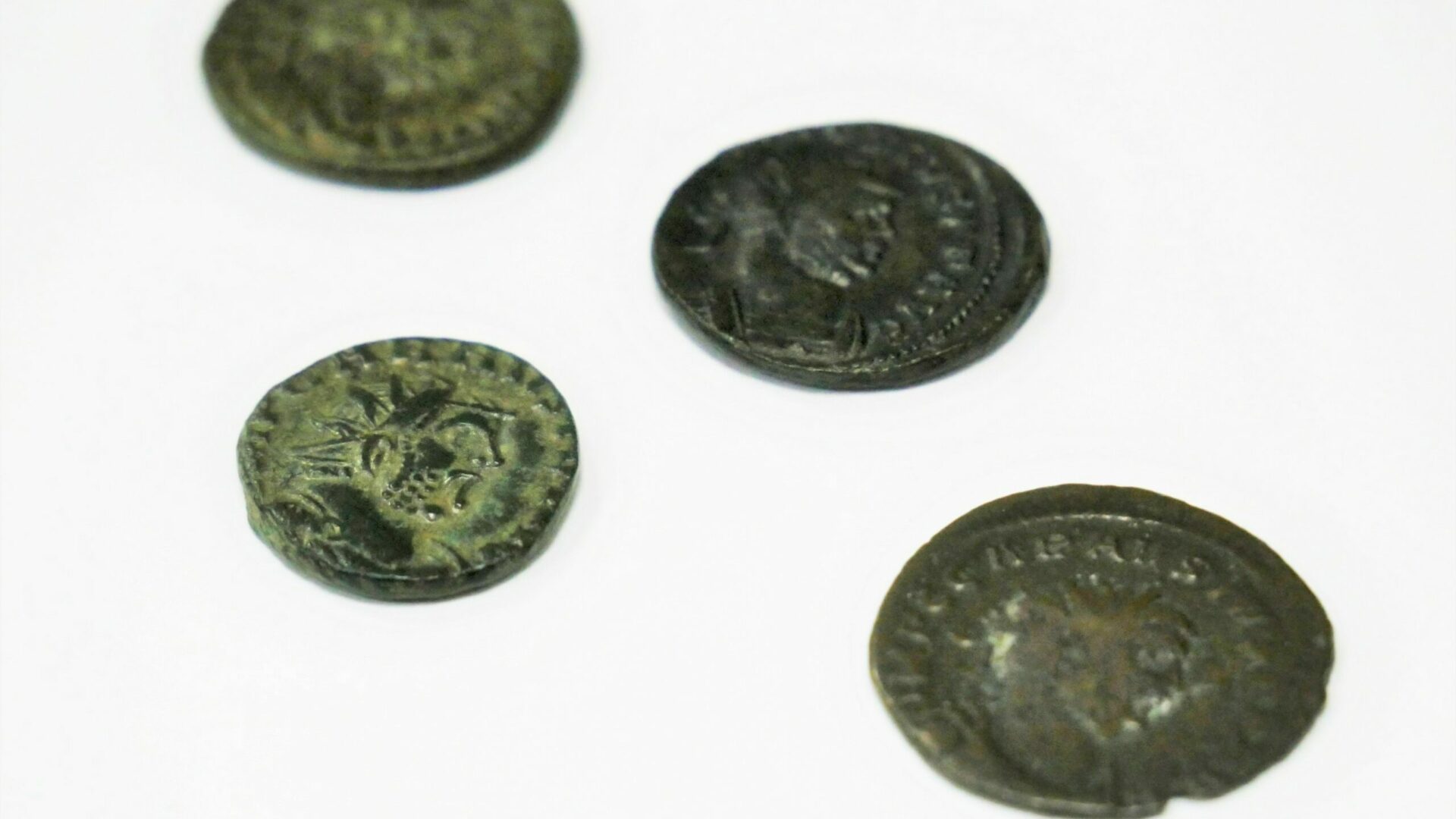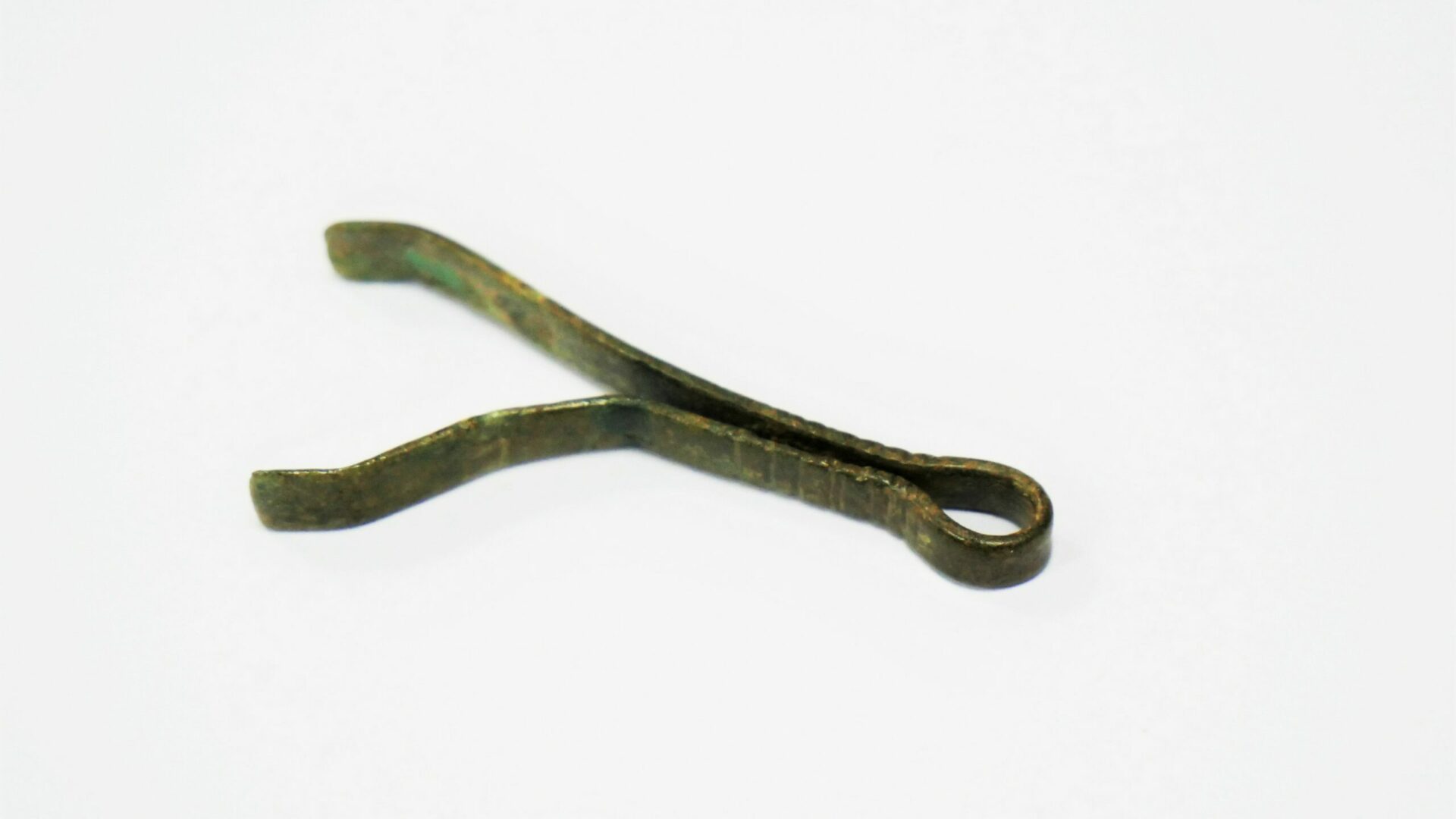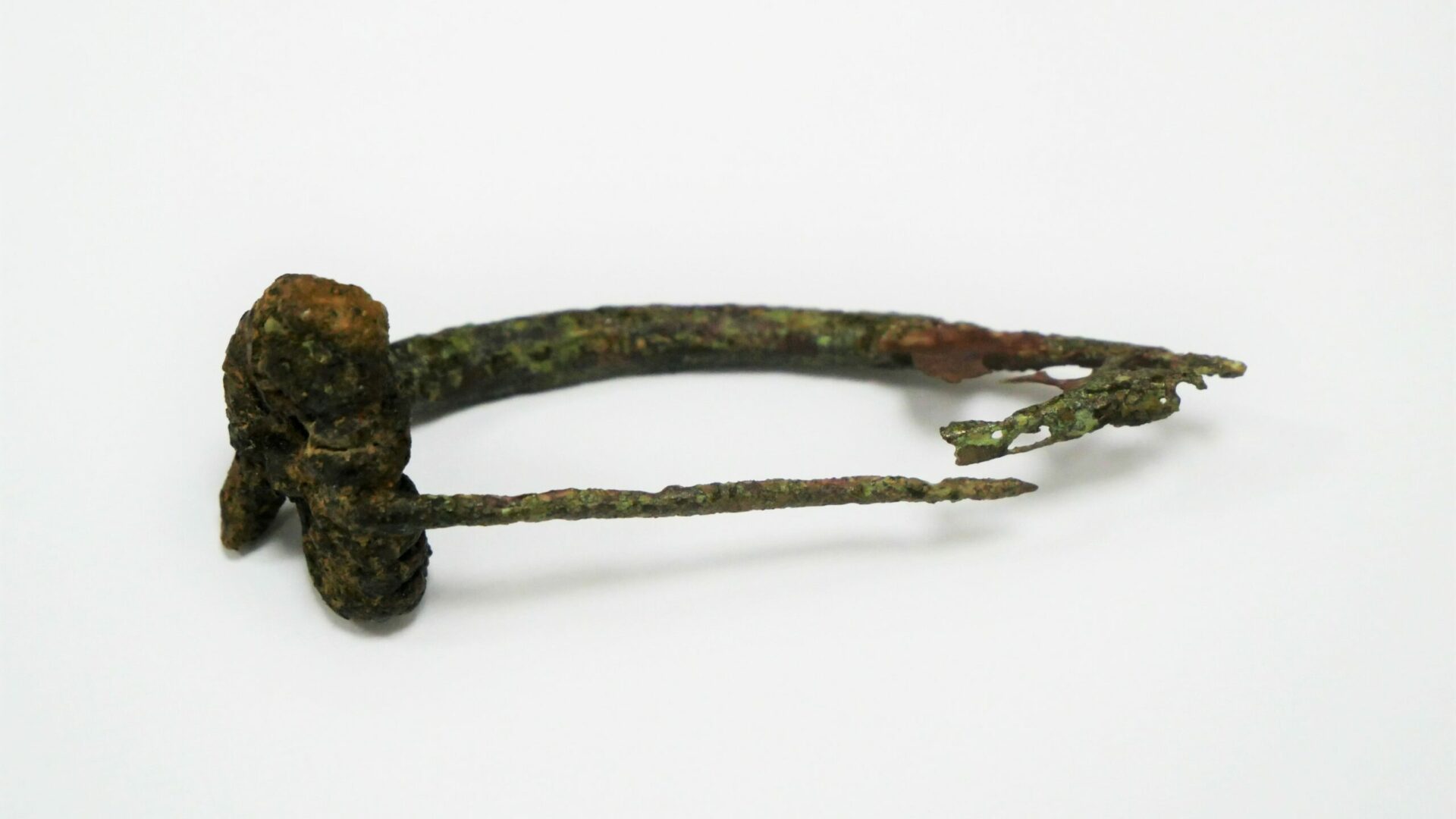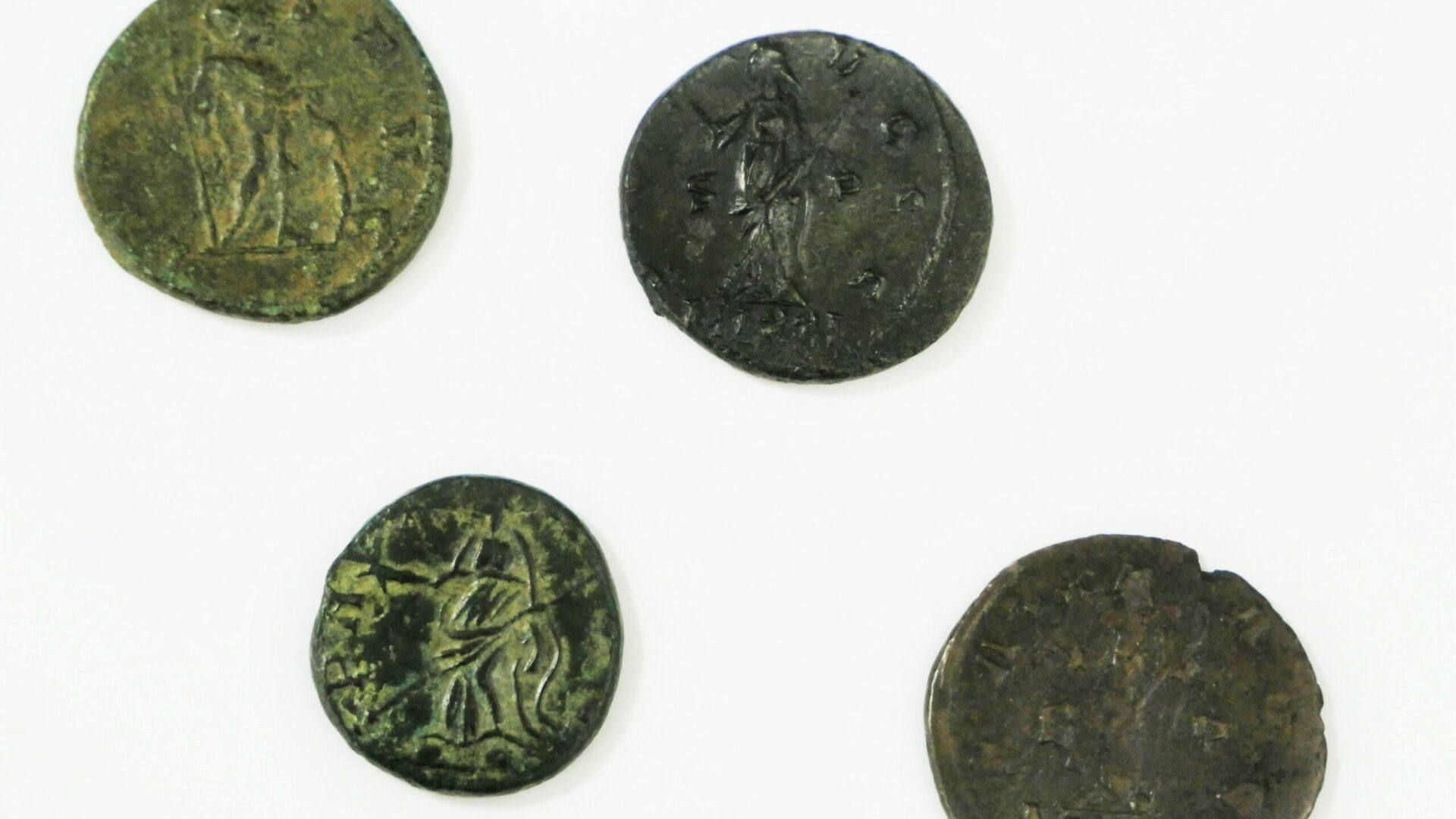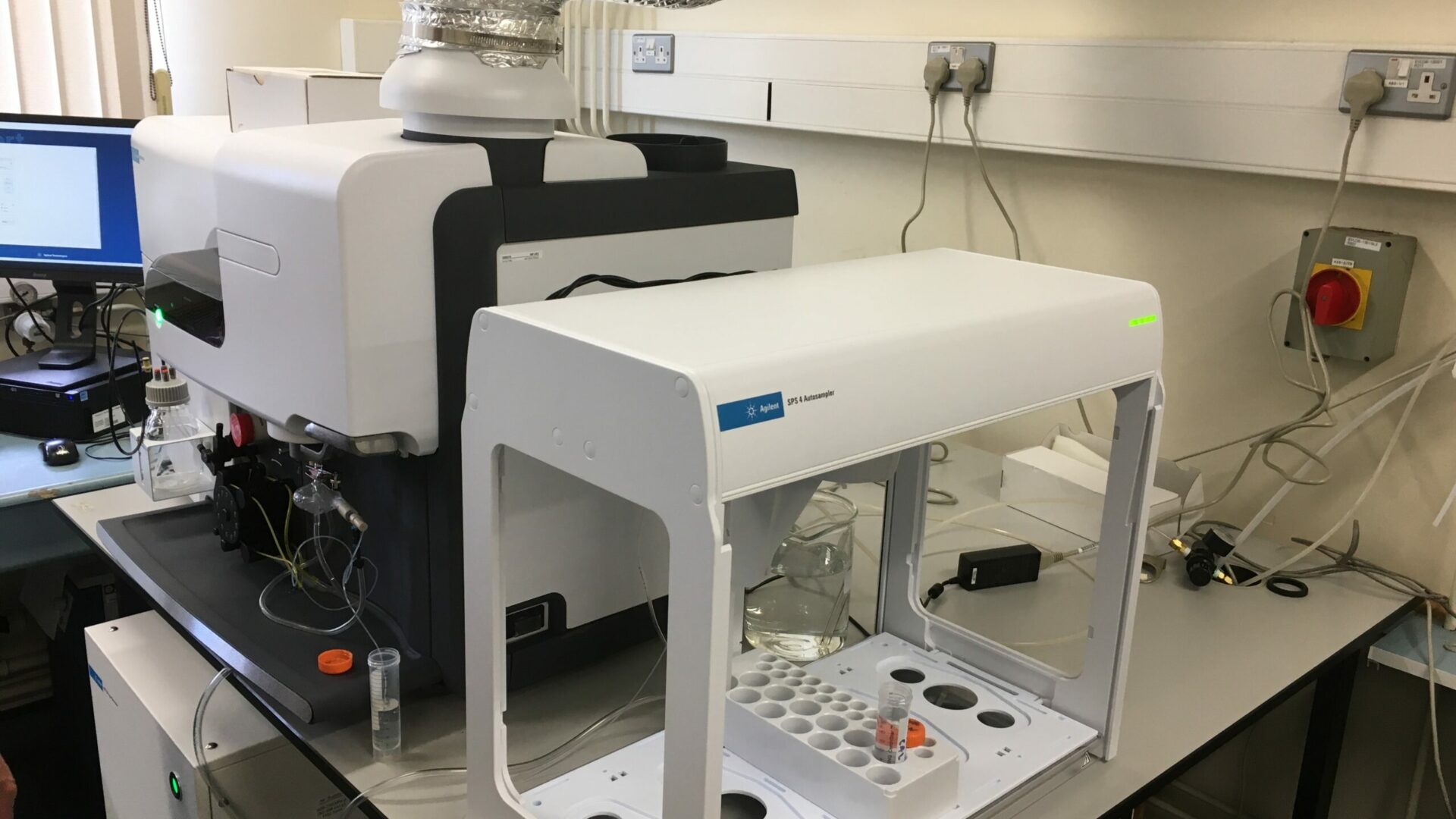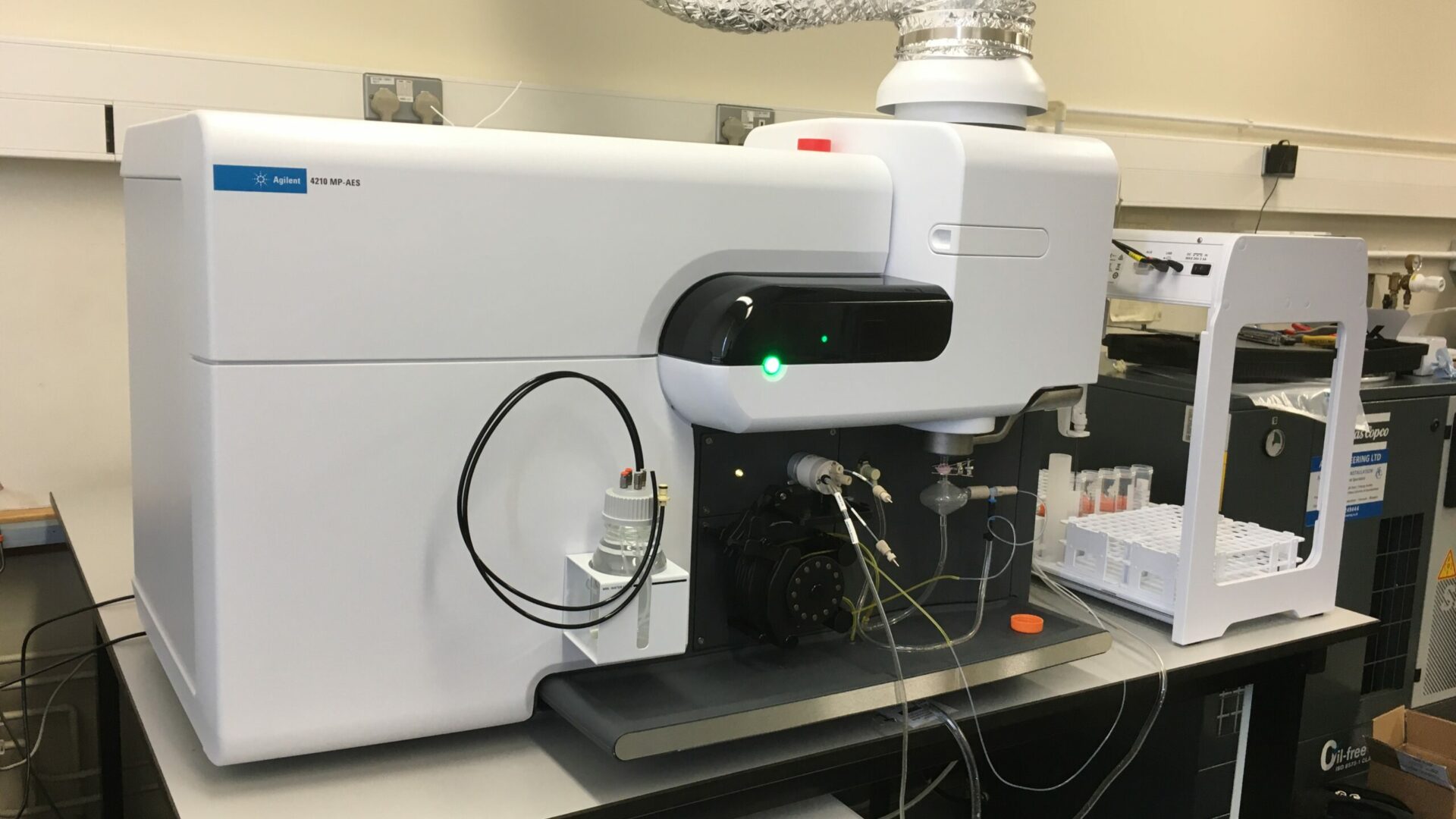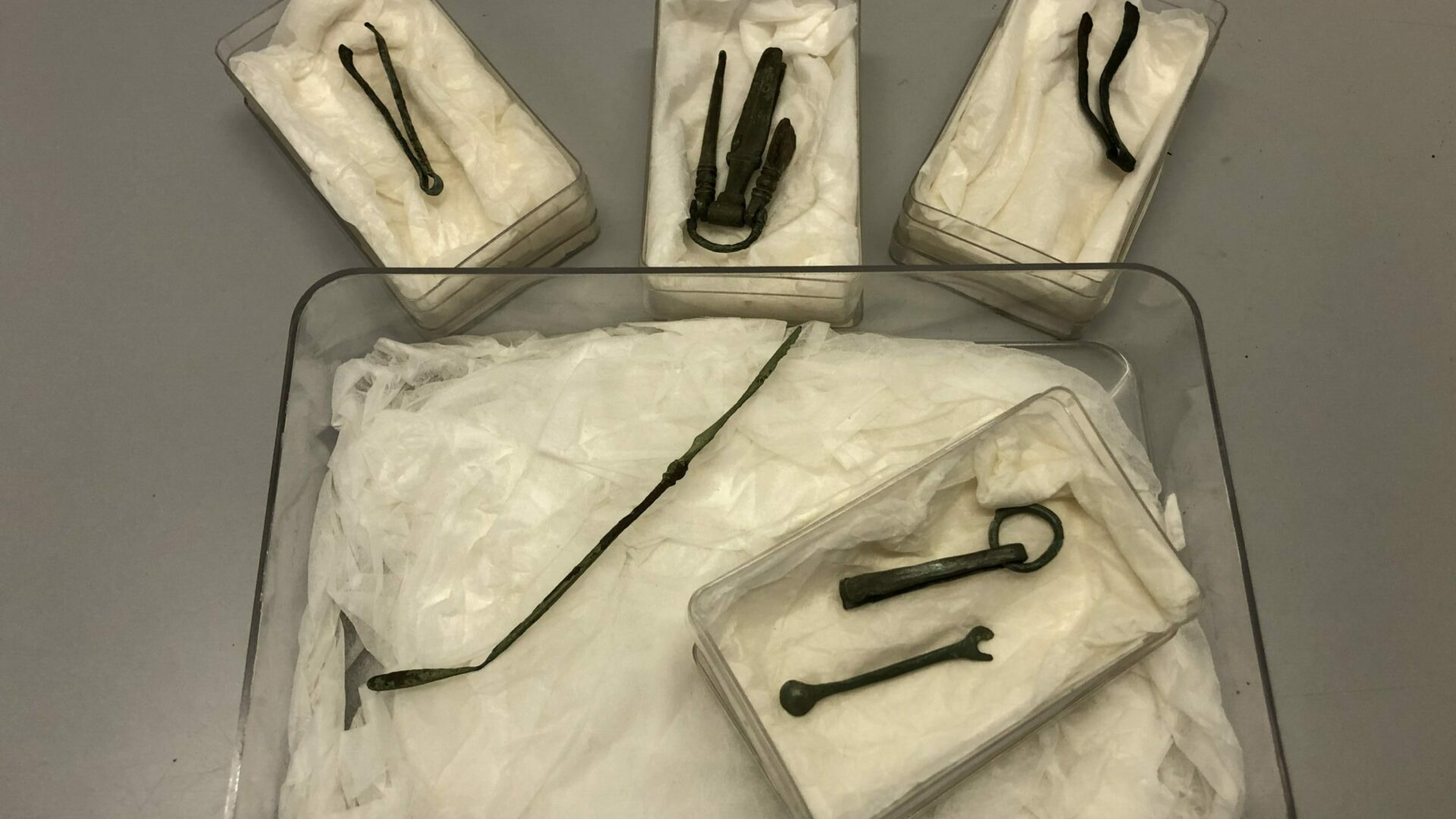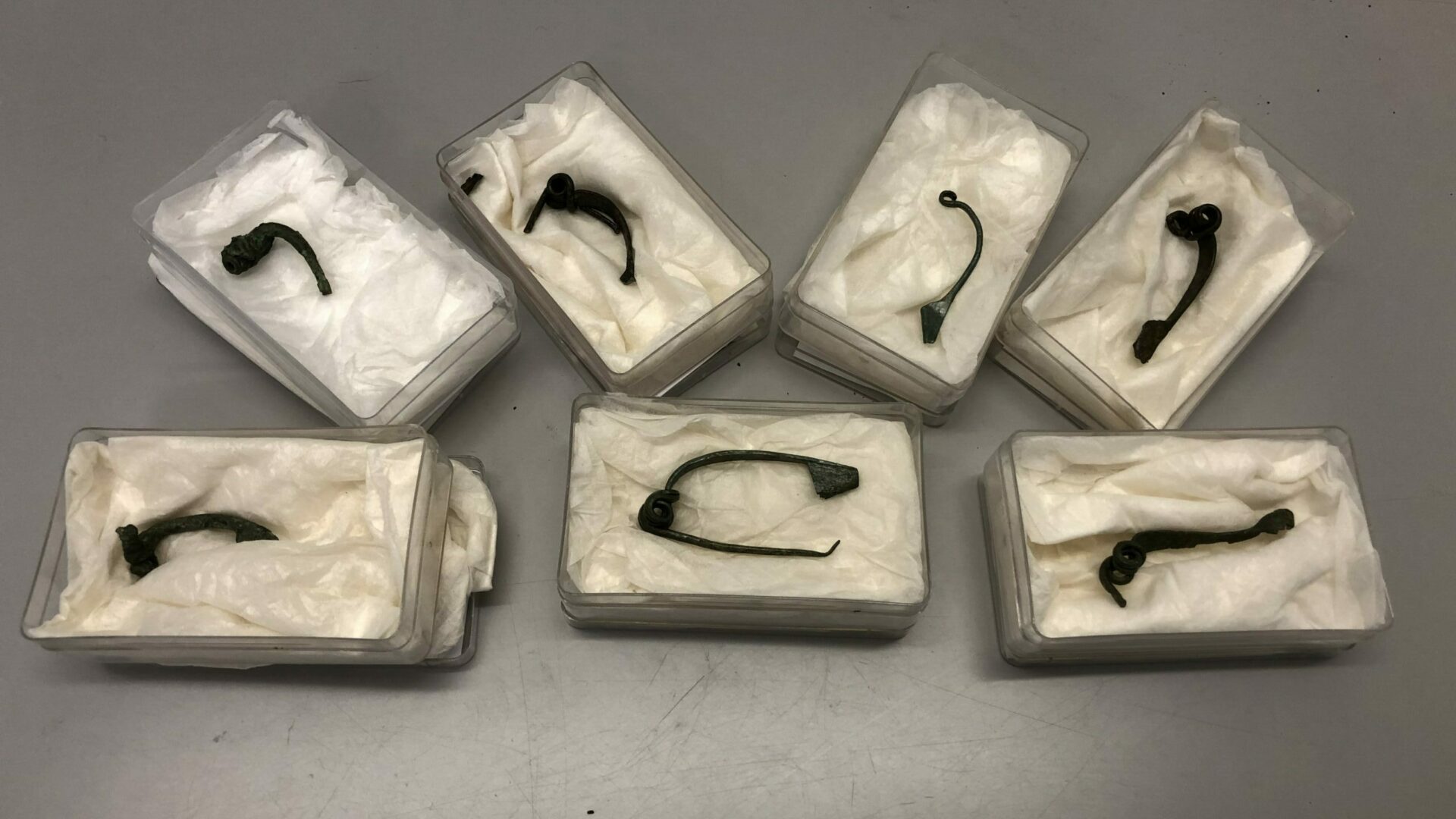“Reshaping Archaeological Metallurgy: A new role for science in Britain’s heritage sector”
Metallurgy is essential to archaeology’s aim of interrogating the past. We know remarkably little about how metallurgy helped drive the complex story of the British long first millennium AD. Currently, the half a million Iron Age, Roman, and early medieval copper-alloy finds across the country are chemically mute. There is a gulf between the importance and potential of this huge archive and the amount of scientific attention it has received. The scientific study of copper-alloy is fractured, uncoordinated, and cut off from the realities of modern archaeology in the UK.
The Project
This programme will provide national direction. It will tackle the systemic challenges that prevent chemical analysis of metals being a standard aspect of the heritage toolkit and creates an inclusive dialogue across British archaeology on how to study ancient technology. This ambitious project will transform our approach to ancient materials by working with over 30 partner organisations to produce 10,000 high quality analyses of selected artefacts, on 100 selected case studies, in a new dedicated laboratory at the University of Reading.
I will lead a team which will, for the first time, characterise the active roles played by metal in the Iron Age, Roman and early medieval world. Rather than a fixed provenance signal, linking the artefact to a mine, my work has revealed the complex chemical shifts caused by recycling and using metal. This opens up the full potential for science to work within the humanities, and trace people’s changing social roles and identities through biographies of their metal objects.
Copper Alloys
Copper alloys were used in all parts of ancient life, from economic commodities and coinage, weaponry and armour, domestic essentials, to art. The exchange of metal tied the ancient economy together, across local, regional, and continental scales. Objects underwent complex journeys of alteration, social adaptation, and recycling. The intensity of the copper industry is staggering, with the volume of Roman smelting imprinted in the arctic ice sheets. The Portable Antiquities Service has recorded around 300,000 Roman copper-alloy artefacts, across 277 types, all found by the general public. Thousands more each year are recovered by commercial archaeological units, and regional museums curate finds stretching back to antiquarian collections.
Apart from brooches and coins, there is an almost total lack of high-quality data for non-ferrous metals of the first millennium A.D. Similarly, there is little known about Wales, highland Scotland, and the English southwest, due to a focus on Hadrian’s Wall and south-eastern urban centres. Rather than focus on pockets of copper-alloy artefacts, this will be a thorough, systematic framework investigation of all British regions, across the time period 50 BC to AD 1066, embracing the full array of material culture.
Chemical Analysis
The chemical analysis of artefacts is often expensive, invasive, and even marginalising of practitioners. Several partners on this project have complained of being left to translate sheets of numbers with little training, or more worryingly, being ignored by specialists working distantly in laboratories. There is little trust or dialogue between sectors of the heritage community. In short, even material culture specialists do not know what chemistry can do for them, and few have the opportunity to find out. This programme will directly tackle these engrained problems through several tiers of training, knowledge exchange events, internships, and workshops.
Bringing voices together in the heritage sector
In order to understand our ancient material past, we have to fundamentally change the way we discuss and study it in the present. This programme will improve all the tools that we have available: the chemical building blocks, archaeological coverage, the models and narratives, open access archives and publications. But more importantly it will bring together all voices within the heritage community and place science at the heart of their social debates.

